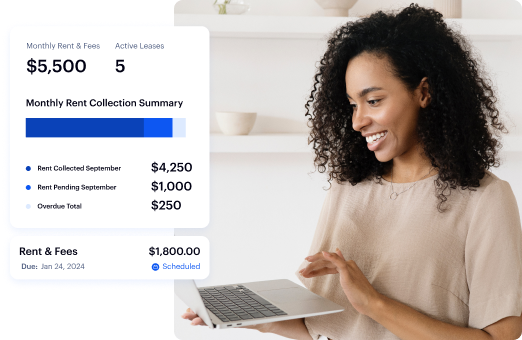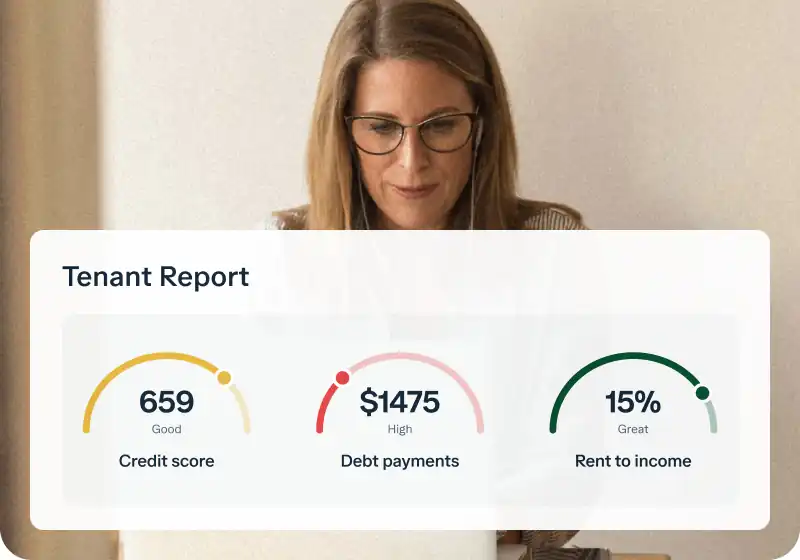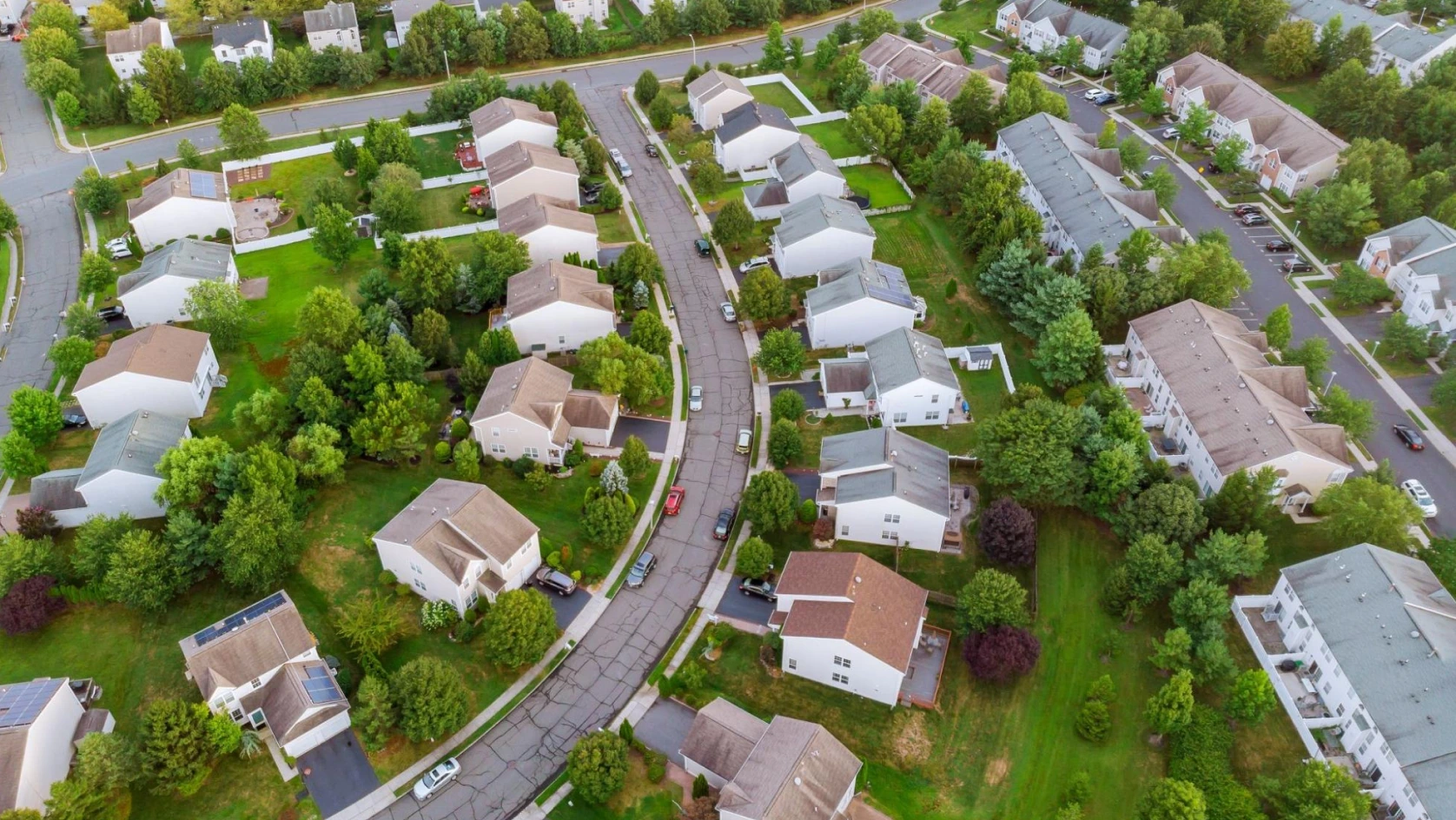As a real estate investor, evaluating potential properties and markets requires specific financial tools. One fundamental metric many investors use to gauge market conditions and potential rental income is the price-to-rent ratio. Understanding this ratio is crucial for making informed decisions in the dynamic 2025 real estate landscape.
Key takeaways
- The price-to-rent ratio compares median home prices to median annual rents in a given area.
- A low ratio suggests buying might be more favorable than renting from a cost perspective, and often implies higher potential rental yields for investors.
- A high ratio indicates renting is likely cheaper than buying, and may point to lower potential rental income relative to property price for investors.
- Recent data shows the national price-to-rent ratio has been rising, driven by faster home price growth compared to rents.
- Investors typically seek markets or properties with lower price-to-rent ratios to potentially achieve better cash flow, often targeting a corresponding rent-to-price ratio between 6% and 8%.
What is the price-to-rent ratio?
The price-to-rent ratio is a real estate metric that compares the cost of buying a home to the cost of renting one in a specific location or across an entire market. It helps potential buyers understand whether purchasing or renting is more financially advantageous at a given time. For real estate investors, it serves as a quick screening tool to assess potential rental yield relative to property value.
The basic formula to calculate the price-to-rent ratio is straightforward. You divide the median home price in a market by the median annual rent for that market.
Formula: Price-to-Rent Ratio = Median Home Price / Median Annual Rent
For example, if the median home price in a city is $300,000 and the median monthly rent is $1,500 (or $18,000 annually), the calculation would be $300,000 / $18,000 = 16.67. This resulting number, 16.67, is the price-to-rent ratio for that market.
How to interpret the price-to-rent ratio?
Interpreting the price-to-rent ratio depends heavily on whether you are a homeowner deciding whether to buy or rent, or a real estate investor evaluating a potential income property. For homeowners, the ratio is often categorized into general ranges.
A ratio below 15 might indicate that buying is more affordable than renting, while a ratio between 15 and 20 suggests a balanced market where the decision is less clear-cut. A ratio above 20 often points to a market where renting is significantly cheaper than buying.
However, for real estate investors, the interpretation is slightly different. A high price-to-rent ratio means the cost of purchasing a property is high relative to the potential annual rental income it can generate. This generally suggests lower potential rental yields and can make achieving positive cash flow more challenging. Conversely, a low price-to-rent ratio implies that property prices are relatively low compared to potential rents, suggesting a higher potential rental yield and potentially more favorable conditions for cash flow for a buy-and-hold investor.
Understanding this distinction is key for investors. A market where renting is more affordable for tenants (high P/R ratio for homeowners) might actually be less attractive for an investor focused on rental income. The ratio provides a preliminary signal about the relationship between purchase price and rental income potential, but it does not tell the whole story about profitability.
What's a "good" price-to-rent ratio for investors?
While there's no single "perfect" price-to-rent ratio for all investors, many look for lower ratios to identify markets with potentially stronger rental income relative to the purchase price. A commonly cited rule of thumb among investors is to look for properties or markets where the annual rent is between 6% and 8% of the property's value. This rule is often referred to as a "rent-to-price" ratio, which is the inverse of the price-to-rent ratio.
A 6% annual rent-to-price ratio corresponds to a price-to-rent ratio of approximately 16.7 ($1 / 0.06). An 8% annual rent-to-price ratio corresponds to a price-to-rent ratio of 12.5 ($1 / 0.08). Therefore, many investors might ideally target markets with a price-to-rent ratio roughly between 12.5 and 16.7, as this range historically suggests a reasonable balance between property cost and potential rental income.
Investors seek lower ratios because it means they can potentially generate more rental income relative to the amount of capital tied up in the property's purchase price. This can contribute more readily to positive cash flow. It's important to remember this is a guideline for initial screening and not a rigid rule, as many other factors influence a property's profitability.
How investors use the price-to-rent ratio in 2025
Real estate investors can use the price-to-rent ratio in several ways to inform their strategies in 2025. Firstly, it serves as a high-level tool for evaluating potential investment markets. By comparing the ratio across different cities or regions, investors can identify areas where property prices might be more aligned with rental income potential, potentially favoring rental yield strategies.
Secondly, the ratio can be used for initial analysis of specific properties within a target market. While market-level ratios use median data, an investor can calculate the ratio for an individual property using its asking price and estimated annual rent. This provides a quick screening mechanism before diving into more detailed financial analysis.
For example, a property with a significantly lower price-to-rent ratio than the market average might warrant closer inspection for its cash flow potential. Efficient rent collection is a critical part of realizing a property's cash flow potential once acquired.
The ratio also offers insights into market dynamics and potential tenant demand. In areas with high price-to-rent ratios (where renting is much cheaper than buying), there might be stronger demand for rental properties as homeownership becomes less accessible to the average person.
Given recent market trends, where home prices have grown significantly faster than rents, the national price-to-rent ratio has risen. This implies that in many markets, achieving strong rental income relative to the purchase price may require careful property selection or alternative strategies like value-add renovations to command higher rents.
Recent Price to Rent Ratio Trends and Data 2024-2025
Recent data provides valuable context for using the price-to-rent ratio in 2025. The national price-to-rent ratio in the US stood at 14.3 in 2024. This represents an increase from 13.0 in 2019, indicating a trend where home prices have grown faster than rents over this period.
Specifically, home prices grew significantly faster than rents over the five years preceding 2024, outpacing them by 39%. This trend accelerated even more in the year before 2024, with home prices growing 72% faster than rents. An index-based U.S. price-to-rent ratio also shows this upward movement, rising to 134.44 in Q4 2024 from a historical average of around 102.47.
These trends indicate that in many markets, buying has become relatively more expensive compared to renting over recent years. For investors focused on cash flow through rental income, this means that simply relying on a market's price-to-rent ratio might suggest tighter margins unless property selection is strategic or rent growth accelerates.
Limitations of the price-to-rent ratio
While the price-to-rent ratio is a useful starting point, it has significant limitations as a standalone investment metric. It provides a very basic snapshot of the relationship between purchase price and potential gross rental income. The ratio does not account for any operating expenses associated with owning a rental property.
These expenses include property taxes, insurance, maintenance, repairs, vacancy costs, property management fees, and potential capital expenditures. All these costs directly impact a property's actual profitability and cash flow, which the price-to-rent ratio ignores.
Furthermore, the ratio is typically based on median market data, which may not accurately reflect the specific price or potential rent of an individual property.
It also doesn't factor in potential property appreciation or depreciation, mortgage costs, interest rates, or financing terms, all of which are critical components of a real estate investment's overall return.
Relying solely on the price-to-rent ratio could lead to misleading conclusions about a property's true investment potential. Therefore, it should always be used as an initial screening tool, followed by a more comprehensive financial analysis.
Complementary metrics investors should also consider
Given the limitations of the price-to-rent ratio, real estate investors must use it in conjunction with other financial metrics for a thorough analysis. These metrics provide a more complete picture of a property's potential profitability and cash flow. Key complementary metrics include Net Operating Income (NOI), Capitalization Rate (Cap Rate), and Cash Flow.
Net Operating Income (NOI)
Net Operating Income (NOI) is calculated by subtracting all operating expenses (excluding mortgage payments, depreciation, and income taxes) from a property's gross rental income. NOI represents the property's profitability before accounting for financing.
Baselane's bookkeeping tools can help landlords track and categorize income and expenses accurately, making it easier to calculate NOI for individual properties or their entire portfolio.
The Capitalization Rate
The Capitalization Rate, or Cap Rate, is calculated by dividing the property's NOI by its purchase price or market value. It represents the unleveraged rate of return on the investment, essentially showing the potential yield from operations alone.
Investors often compare Cap Rates across different properties or markets to evaluate investment opportunities, supplementing the initial insight provided by the price-to-rent ratio.
Cash Flow
Cash Flow is perhaps the most critical metric for many buy-and-hold investors, representing the actual money left in their pocket after all income and expenses, including mortgage payments, are accounted for. Positive cash flow is essential for sustainable rental property ownership.
Using Baselane's integrated banking and bookkeeping features allows investors to monitor real-time cash flow, providing clarity and control over their property finances. Baselane's platform helps streamline bookkeeping and rent collection processes, which are fundamental to accurate cash flow tracking. The platform can automatically categorize transactions and provide the reporting necessary for understanding financial performance beyond the simple price-to-rent relationship.
Other rules of thumb, such as the 2% Rule (monthly rent should be 2% of the property price) or the 50% Rule (operating expenses are roughly 50% of gross rent), can offer quick estimates but are also simplified metrics.
A comprehensive analysis using NOI, Cap Rate, and Cash Flow, supported by accurate financial tracking, provides a far more reliable basis for investment decisions than the price-to-rent ratio alone.
Bottomline
The price-to-rent ratio is a valuable preliminary screening tool for real estate investors in 2025, offering a high-level look at the relationship between property prices and potential rental income. By understanding how to calculate and interpret it, particularly from an investor's cash flow perspective, you can identify potential markets or properties that warrant further investigation. However, its simplicity is also its limitation; it doesn't factor in the numerous operating expenses that determine true profitability.
Successful real estate investment requires moving beyond this initial metric to conduct a thorough financial analysis using tools like Net Operating Income, Capitalization Rate, and Cash Flow. Accurate tracking of income and expenses is fundamental to these calculations. Platforms like Baselane can empower investors by providing integrated tools for banking, rent collection, and bookkeeping, enabling you to track financial performance meticulously, gain clarity and control, and ultimately make smarter, data-driven decisions to grow your real estate business.
FAQs
What is the price-to-rent ratio in real estate?
The price-to-rent ratio compares the median home price in a market to the median annual rent. It indicates whether buying is generally more or less expensive than renting in that area.
How is the price-to-rent ratio calculated?
It is calculated by dividing the median home price by the median annual rent in a specific location. For example, a $300,000 median home price and $18,000 median annual rent gives a ratio of 16.67.
What does a high price-to-rent ratio mean for investors?
A high ratio means property prices are high relative to potential annual rent. This generally suggests lower potential rental yields and may make achieving positive cash flow more challenging for investors.
What is considered a good price-to-rent ratio for investors?
Many investors seek markets with a price-to-rent ratio roughly between 12.5 and 16.7. This corresponds to a desired annual rent-to-price ratio of 6% to 8%, which historically suggests better potential for rental income relative to property cost.
Why is the price-to-rent ratio not enough for investment analysis?
The ratio does not account for operating expenses, vacancy, financing costs, or potential appreciation. These factors significantly impact profitability and must be considered alongside the ratio for a complete investment analysis.

















